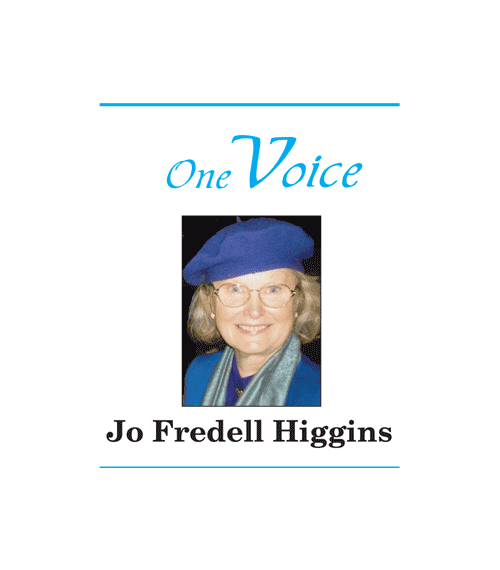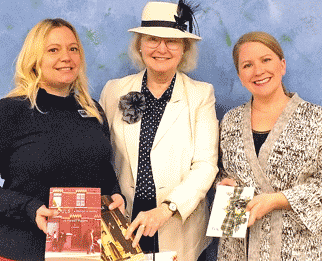

Submitted photo
Believing that Spring had arrived, it was time for my first book tour of the year in March. So it was south on I-57 to Paducah, Ky.. Weather conditions were of a moderate temperature and roads were clear. I met with the mayor Brandi Harless and seven librarians from the McCracken Public Library. This city of 25,000 is delightful. Magnolia trees were in bloom and the grass was green. It was 60 degrees in Paducah.
Paducah is at the confluence of the Tennessee and the Ohio Rivers. The Chickasaw and their indigenous ancestors lived in the Paducah area for thousands of years before the Europeans arrived. Paducah was first settled as Pekin in 1821 when James and William Pore arrived.
The town was laid out by William Clark of the famed Lewis and Clark Expedition in 1827 and renamed Paducah. The city was established in 1838 when steam boats traversed the rivers and its port facilities aided both trade and transportation. Railroads began to enter the region in 1924.
At the beginning of the U.S. Civil War Kentucky had a neutral position. However when a Confederate force occupied Columbus, Ky., 40 miles away, a Union force under General Ulysses S. Grant responded by occupying Paducah. The town then served as a massive supply depot for Federal forces along the Ohio, Mississippi, and Tennessee River systems.
My meeting with mayor Harless was pleasant. She was elected mayor in November 2016 and is CEO/co-founder of Personal Medicine Plus and contracted network director of Purchase Area Health Connections. Brandi was a research assistant at Harvard University In Sierra Leone, West Africa. She holds a B.S. from Vanderbilt University in communications of science and technology. She has been a volunteer with Child Watch and Paducah Day Nursery.
Paducah Main Street won the Great American Main Street Award in 2010 and was a 2017 Accredited Kentucky Main Street Community. The street is a vibrant mix of business owners, historic district, an arts district and is an engine for economic development. It is a community asset with shops featuring art and quilts because the American Quilter’s Society holds “QuiltWeek Paducah” there at its Quilt Museum.
In 2013 Paducah was designated by UNESCO as a Creative City of Crafts & Folk Art. The National Quilt Museum draws 40,000 quilters and art enthusiasts to the city. Paducah is host to one of the largest quilt shows in the USA both in April and in September each year. The museum has 600 works of quilting art and its YoYo Club will demonstrate quilting in the main lobby on Wednesdays.
The Ohio River was past flood stage in March so the concrete walls were in place. The walls had been painted by Robert Dafford and his team. He is a nationally-known muralist from Tennessee.
January 21, 1937 the Ohio River rose above its 50-foot flood stage and crested at 60.8 feet. It was the city’s worst natural disaster and lasted for approximately three weeks. Residents of 27,000 had to be evacuated. As a result, Congress authorized the United States Army Corps of Engineers to build the flood wall that now protects Paducah.
I really was not ready to go north again, but it was time. The goals were met and more readers will enjoy my written words. The hotel chosen on expedia.com was a delight and breakfast was tasty. The hotel had a pool so I could swim if the pool water had not been so cold and unheated. Next it will be on to a Boston book tour and various others cities this year. I will be the Jo Appleseed of books, just like Johnny Appleseed was of apple trees!

